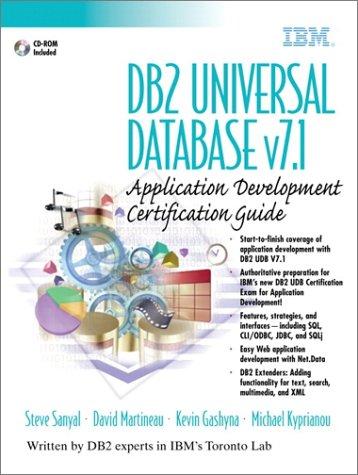Question
Now the desired joint trajectory is = [;0], (dth) = [1;0], (ddth) = [0;0] Consider the case. Assuming that there is no friction, and the
Now the desired joint trajectory is = [;0], (dth) = [1;0], (ddth) = [0;0] Consider the case. Assuming that there is no friction, and the center of gravity of each link is located at the end of the link, the dynamic model of the above robot is as follows.
2.1.
Design feedforward plus PID feedback controller for Torque control - Both joints use = 10, = 0.2, = 5. - As a result, express the of the joint torque to be entered into the robot as a formula
2.2
Using the controller designed in MATLAB and (2.1), draw joint torque 1, 2 as a graph over time. - Draw with the time interval h=0.1 from t=0 to t=5. - 1 is a solid red line, 2 is a solid blue line, and add a legend
2.3
When t=0, the initial value of the joint is 0(th0) = [1;1], 0(dth0) = [0;0], ''00(dth0) = [0;0]. Acceleration (ddth) obtained from a controller designed in (2.1) using MATLAB Draw the graph of 1() and 2() by numerically integrating . - Draw h=0.1 at time intervals from t=0 to t=5. -1 is a solid red line, 1 is a red dotted line, 2 is a solid blue line, and 2 is a blue dot Add lines and appropriate legends. (In question, = [; 0] = [ 1; 2])
Step by Step Solution
There are 3 Steps involved in it
Step: 1

Get Instant Access to Expert-Tailored Solutions
See step-by-step solutions with expert insights and AI powered tools for academic success
Step: 2

Step: 3

Ace Your Homework with AI
Get the answers you need in no time with our AI-driven, step-by-step assistance
Get Started


